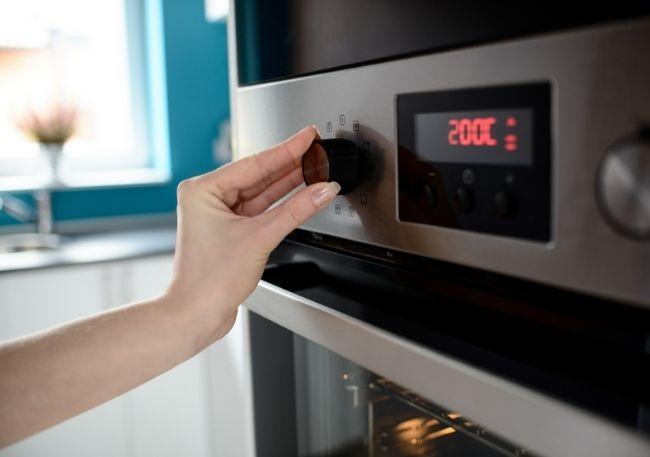When you’re hungry, you have little patience for faulty appliances; it’s a state of being known as hangry (hunger anger). There’s no time to assemble an extravagant meal – you need to put something in the oven and eat it ASAP. When you take your meal out twenty minutes later, you find that it’s room temperature. What gives? There’s never a good time for an oven to break down, but it becomes a real problem when your dinner is on the line.
You use your oven to bake or broil different foods, depending on the thickness and cook time required. With baking, food is cooked using hot air; broiling makes use of infrared radiation. Meals that take longer to cook, like cakes and casseroles, need to be baked. A dish that you want to char or melt quickly can be broiled – just be careful that the fat content is not too high, otherwise it will smoke (which is why some leave the oven door partially open).
If your oven isn’t working, be sure to disconnect the power supply before you examine it. Since these two oven issues have separate causes, we’ll go over the common culprits behind each of them:
The broiler is faulty:
When you broil food, you expect it to cook in minutes – but what if it won’t cook at all? A common cause is a malfunctioning broil element, which is used to create the high heat during this process. This element should glow red-hot when it’s in use. A burned-out element takes on a damaged appearance, so examine it for any blisters or holes. If you have a multi-meter, you can test the element’s resistance. A standard reading should be 20-45 ohms. Another common problem is when the igniter is weak; this part ignites the gas flame in your oven (assuming you have a gas oven). If it doesn’t glow when it heats up, it may not be strong enough and will require a replacement.
The oven won’t bake:
A baking element, located at the bottom of the oven, is used to produce hot air during a bake; if it’s defective, you’ll end up with an inedible, frozen pizza. Take a closer look at the element to see if it’s loose, separating, or blistered. The issue may lie within the wiring. Remove the back panel and inspect the wiring for anything that’s disconnected or corroded. Faulty wires can cause a fuse to blow, an issue that you should not attempt to repair on your own.
If you still can’t find your problem, it may be due to a malfunctioning thermostat or temperature sensor probe; this component controls the heat that your oven produces. It signals to the heating elements when to turn on and off. A repair technician can recalibrate the thermostat so that it functions correctly, or replace it altogether.
There’s nothing more annoying than an oven that breaks down when you need it most. You rely on this appliance; it’s an extremely useful tool that’s the heart of any kitchen. At MQ Appliance Repair, we offer Winnipeg stove repair. Call us for same-day appliance repair so you can turn that dough into a batch of delicious cookies.

